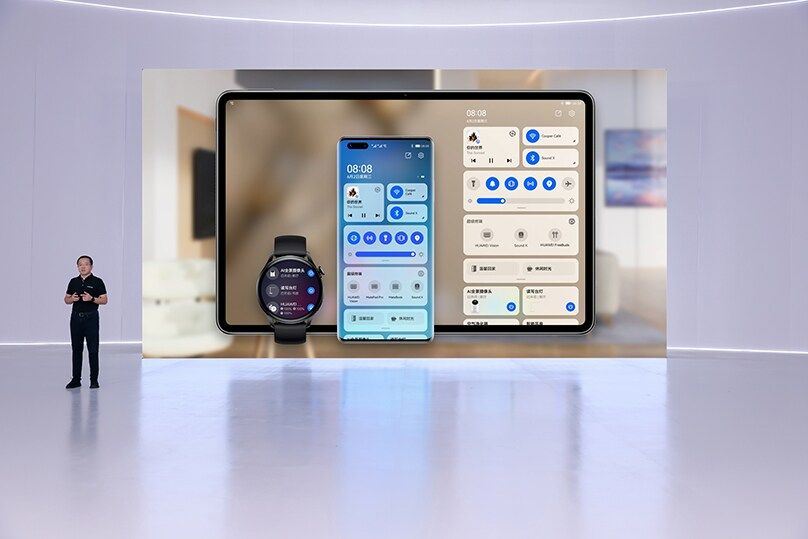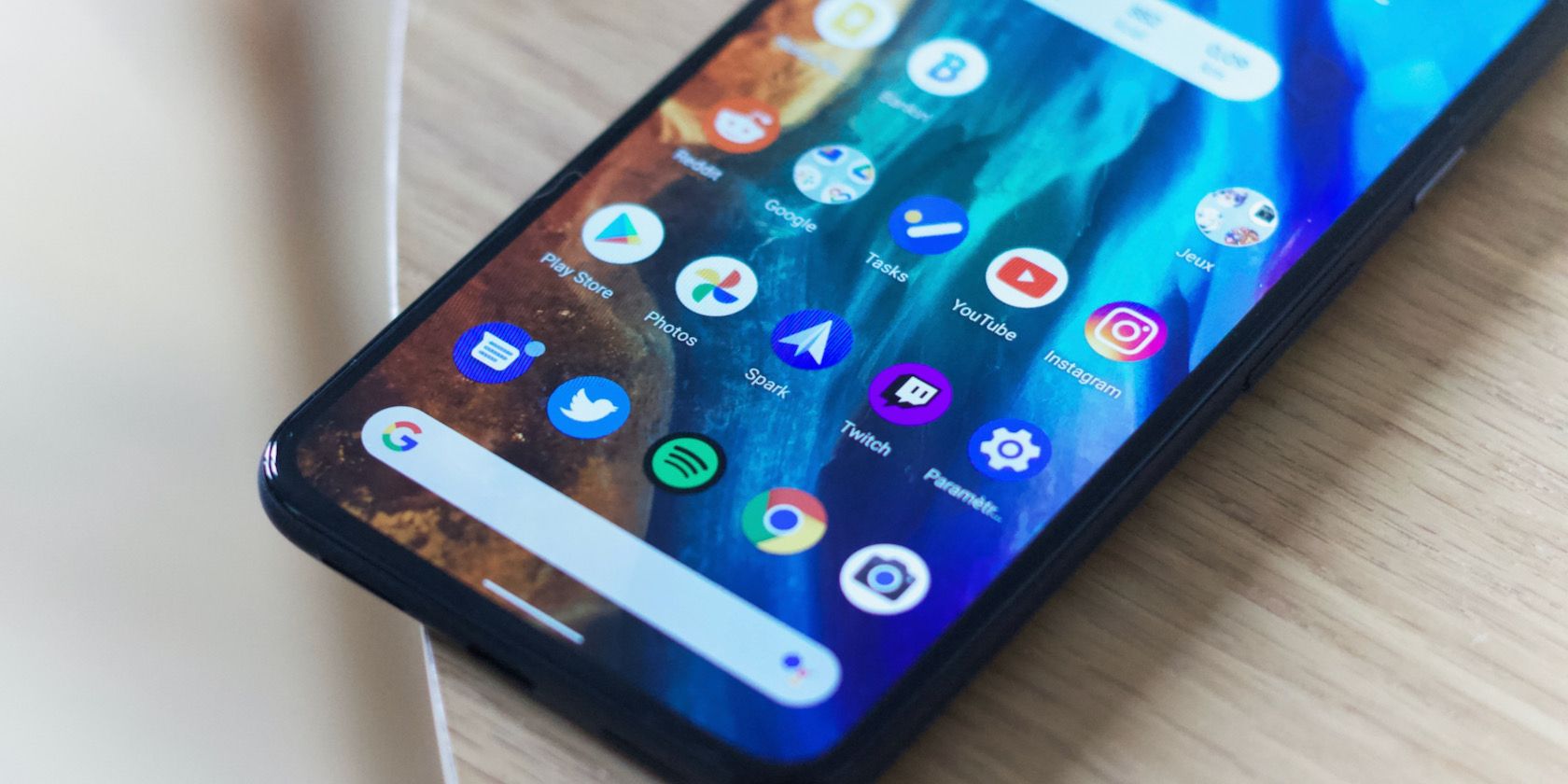Chinese tech giant Huawei recently released HarmonyOS 2.0 for Huawei devices, and Android might finally have a serious competitor. HarmonyOS is a global operating system that offers cross-device communication and promises many features for performance and security.
Read on as we list everything you need to know about Huawei’s latest operating system and what it can mean for the future.
1. What is HarmonyOS?
HarmonyOS, also known as HongmengOS in China, is Huawei’s in-house operating system that has been in development since 2012.
Now, Huawei is not just a mobile phone manufacturer; it is one of the largest telecommunications companies in the world. Therefore, an operating system that would unify all of its devices such as smart home equipment, TVs, smartwatches, tablets, and phones would be highly beneficial.
In 2019, the US government placed sanctions on Chinese tech companies, which resulted in Huawei devices losing the support of essential US software services such as those offered by Google.
In retaliation, Huawei accelerated the development of their native operating system and launched HarmonyOS 2.0, an operating system that would unify their devices and provide cross-functional capabilities without the need of those other services.
2. When Will HarmonyOS Be Released?

HarmonyOS was first released for select devices in 2019, focusing on smart TVs, IoT devices, in-car entertainment systems, and others.
Huawei launched HarmonyOS 2.0 during the Huawei Developer Conference in 2020, with the intention to roll out HarmonyOS 2.0 in 2021.
It was then officially launched with the new Huawei smartphone and smartwatch devices in June 2021.
3. Which Phones Have HarmonyOS?
Currently, Huawei has announced HarmonyOS 2.0 support for smartphones with up to 4GB RAM. By the end of 2021, we can expect HarmonyOS 2.0 to be compatible devices with over 4GB RAM, paving the way for other smartphone manufacturers to consider HarmonyOS 2.0 instead of Android.
While we await full details on all the devices that will run the operating system, Huawei smartphones such as the Mate 40, P40, Mate 30, and more will automatically receive HarmonyOS 2.0 updates.
4. How to Get HarmonyOS
If you have a compatible Huawei smartphone, you can download HarmonyOS 2.0 through the My Huawei app. You can then follow on-screen instructions to download the HarmonyOS 2.0 update—although the process is not all that easy.
You can't get the software on devices that aren't officially supported, or on phones from other manufacturers.
5. Is HarmonyOS Good?
HarmonyOS is a fork of Android, meaning that it is based on the open source Android code. As such, it should be a very good operating system, and work in a largely familiar way.
But it is still very early to pass a verdict. Only time will tell how good HarmonyOS is because it is still not a mainstream operating system, and there are numerous contributing factors, so we can only wait and see how this plays out.
6. Can HarmonyOS Run Android Apps?

This is a significant point of discussion and often the first thing that comes to mind when thinking of a new smartphone operating system.
According to confirmed reports from Huawei, HarmonyOS will allow users to continue using Android apps, while also allowing them to download and run HarmonyOS apps. However, it won't have access to the Play Store, since that's owned by Google. Harmony itself has over 134,000 apps, and over four million developers have signed on to distribute apps on the platform.
7. Can HarmonyOS Replace Android?
Yes, it could, in some parts of the world. But there's a lot of work to do because Android is the most used smartphone operating system, and it is not going to go down without a fight.
In addition, HarmonyOS is currently only being rolled out on Huawei devices, so it is still unclear how many smartphone manufacturers eventually opt for HarmonyOS. It's likely to become popular in China and possibly some other parts of Asia, but less likely in the West.
8. Will HarmonyOS Support Google Play Services?
As mentioned above, you can still download Android apps on HarmonyOS, but Google’s apps, such as Gmail, Google Maps, and YouTube, will not run on HarmonyOS. The OS also won't be able to use the Play Store, or Google Play Services, which tie together all of Google's apps—and many third party services as well.
HarmonyOS: Unanswered Questions
There is a lot of potential in HarmonyOS, and only time will tell whether Huawei will make it a success. Currently, HarmonyOS 2.0 promises exciting features with an intelligent, sleek design. But there are still lots of unanswered questions, not least about privacy and security, performance, and how widely available it will become outside of China.
Meanwhile, if you're an Android user looking for something different, why not see if using Android without Google would work out for you.
0 Comments